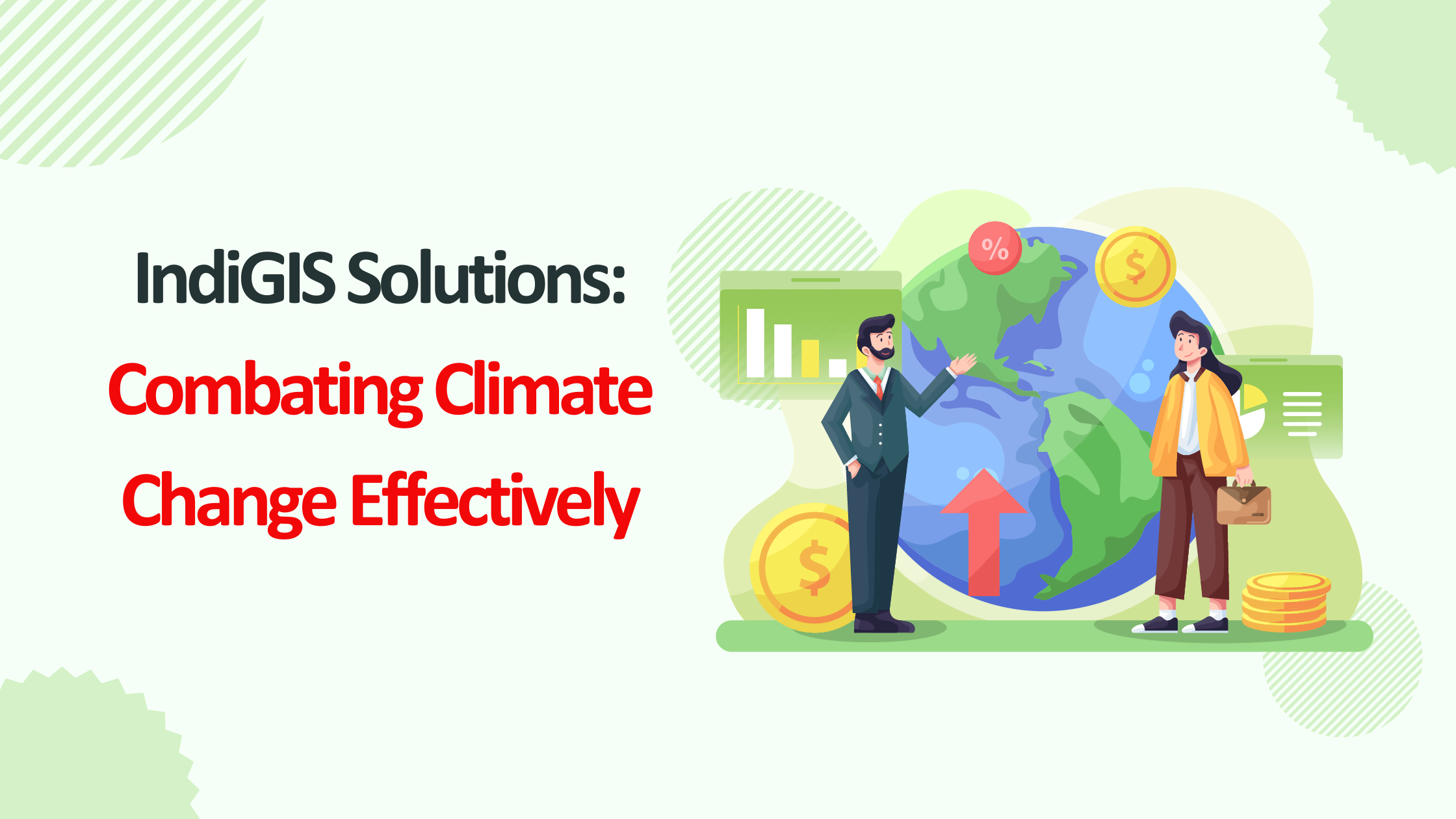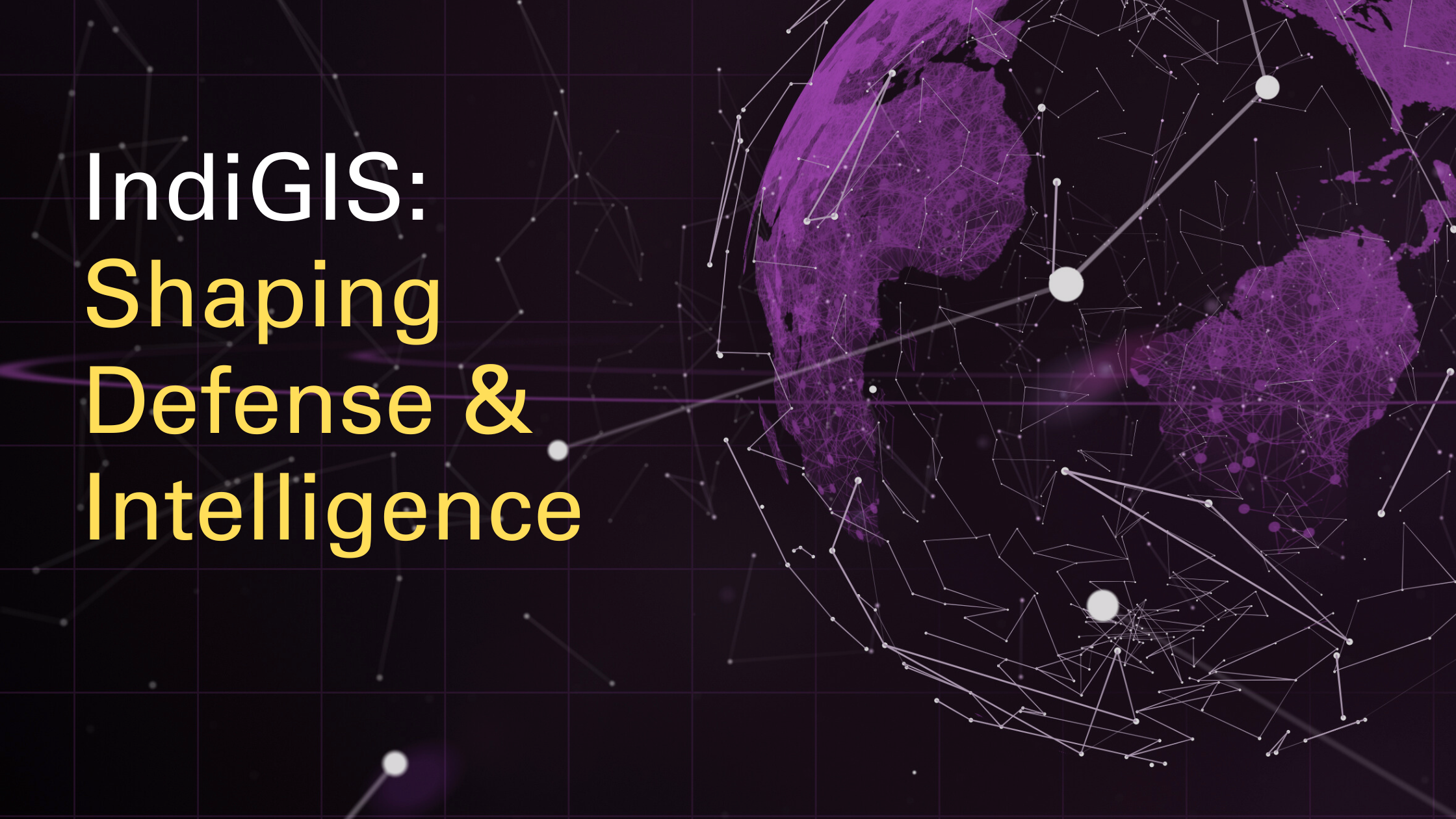Natural resource management (NRM) is a multidisciplinary field aimed at sustainable management and conservation of natural resources such as water, land, forests, minerals, and biodiversity. Geographic Information Systems (GIS) have become indispensable tools in NRM due to their ability to capture, store, analyze, and visualize spatial data. GIS technology offers numerous applications in NRM, revolutionizing how resources are monitored, assessed, and managed. This article explores the diverse applications of GIS in natural resource management, highlighting its role in enhancing decision-making processes and promoting sustainable resource utilization.
Mapping and Inventory
GIS enables the creation of detailed maps and inventories of natural resources, facilitating comprehensive assessments of resource distribution and abundance. Through satellite imagery, aerial photographs, and ground-based data collection, GIS can accurately delineate boundaries, identify land cover types, and quantify resource stocks. For instance, GIS-based forest inventories provide valuable information on tree species, biomass, and forest health, aiding in sustainable forestry practices and conservation efforts.
Dig Deeper: The Role of GIS in Disaster Response and Recovery Efforts
Habitat and Biodiversity Conservation
GIS plays a crucial role in habitat and biodiversity conservation by modeling species distribution, identifying critical habitats, and assessing landscape connectivity. By integrating ecological data with spatial analysis techniques, GIS helps identify priority areas for conservation, establish wildlife corridors, and mitigate habitat fragmentation. Conservation organizations use GIS to monitor endangered species, track migration patterns, and assess the impact of human activities on biodiversity hotspots.
Water Resource Management
GIS applications in water resource management range from watershed delineation and hydrological modeling to water quality monitoring and flood risk assessment. GIS enables the integration of hydrological data such as rainfall, runoff, and soil permeability to simulate water flow patterns and predict potential flooding events. Additionally, GIS-based water quality mapping facilitates the identification of pollution sources, allocation of water resources, and development of strategies for watershed protection and restoration.
Land Use Planning and Agricultural Management
GIS technology supports land use planning and agricultural management by analyzing soil characteristics, assessing land suitability, and optimizing crop production. Farmers and land managers utilize GIS to make informed decisions regarding crop selection, irrigation scheduling, and fertilizer application. Furthermore, GIS-based land use planning helps minimize conflicts between agricultural expansion and conservation goals, promoting sustainable land use practices and preserving ecologically sensitive areas.
Natural Hazard Assessment and Mitigation
GIS is instrumental in natural hazard assessment and mitigation by analyzing vulnerability, identifying high-risk areas, and developing emergency response plans. GIS-based hazard mapping enables authorities to assess the potential impact of earthquakes, landslides, wildfires, and other natural disasters on human settlements and infrastructure. By integrating socio-economic data with hazard maps, GIS facilitates risk communication, evacuation planning, and disaster preparedness measures, ultimately reducing the loss of life and property.
Also Read: Harnessing IndiGIS Services to Tackle Climate Change: Monitoring, Mitigation, and Innovation
Forestry Management and Monitoring
In forestry management, GIS supports sustainable forest planning, monitoring, and enforcement of forestry regulations. GIS-based forest management systems integrate data on tree species, age classes, and forest health to optimize timber harvesting operations and biodiversity conservation. Furthermore, GIS enables real-time monitoring of deforestation, illegal logging activities, and forest fires through remote sensing and satellite imagery analysis, aiding in law enforcement and ecosystem protection efforts.
Conclusion: In conclusion, Geographic Information Systems (GIS) play a pivotal role in natural resource management, offering a suite of powerful tools for analysis, planning, and decision-making. From mapping and inventorying resources to assessing environmental impacts and guiding conservation efforts, GIS facilitates sustainable development and responsible stewardship of our planet’s natural resources.
MicroGenesis: MicroGenesis, a leader in GIS solutions, has launched its IndiGIS platform, designed to empower businesses with powerful tools for managing and analyzing spatial data. IndiGIS offers a comprehensive GIS software solution, providing a wide range of applications to enhance decision-making capabilities and drive greater efficiencies for our clients in natural resource management and beyond. With IndiGIS, businesses can unlock the full potential of GIS technology to address environmental challenges and contribute to a more sustainable future.




